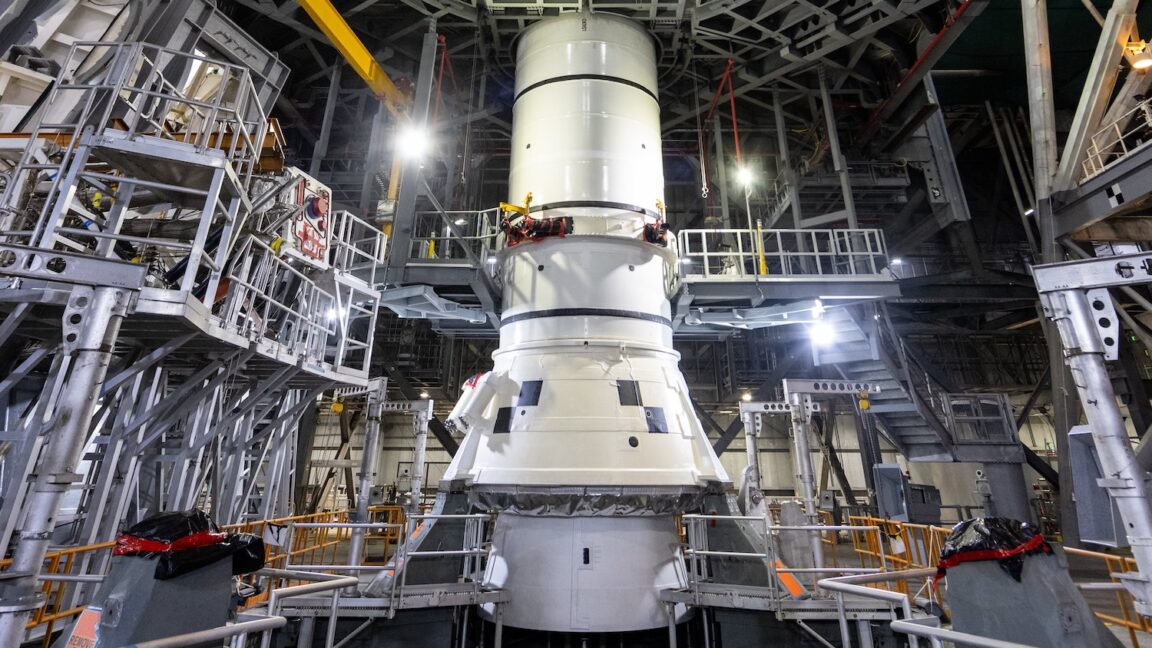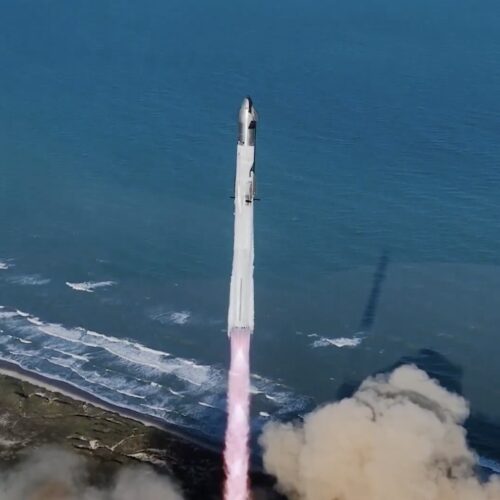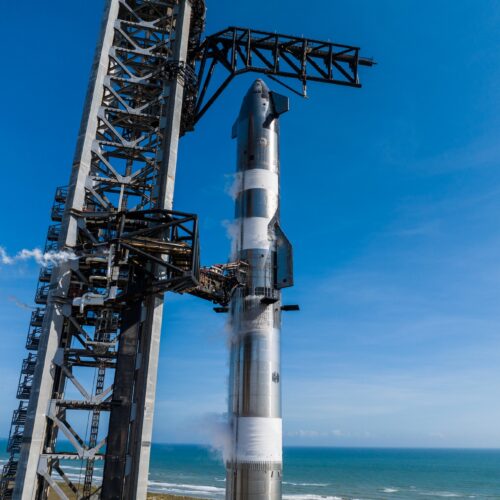Rocket Report: ULA has a wild idea; Starliner crew will stay in orbit even longer
Welcome to Edition 7.24 of the Rocket Report! This is the last Rocket Report of the year, and what a year it's been. So far, there have been 244 rocket launches to successfully reach orbit this year, a record for annual launch activity. And there are still a couple of weeks to go before the calendar turns to 2025. Time is running out for Blue Origin to launch its first heavy-lift New Glenn rocket this year, but if it flies before January 1, it will certainly be one of the top space stories of 2024.
As always, we welcome reader submissions. If you don't want to miss an issue, please subscribe using the box below (the form will not appear on AMP-enabled versions of the site). Each report will include information on small-, medium-, and heavy-lift rockets as well as a quick look ahead at the next three launches on the calendar.

Corkscrew in the sky. A Japanese space startup said its second attempt to launch a rocket carrying small satellites into orbit had been terminated minutes after liftoff Wednesday and destroyed itself again, nine months after the company’s first launch attempt in an explosion, the Associated Press reports. The startup that developed the rocket, named Space One, launched the Kairos rocket from a privately owned coastal spaceport in Japan's Kansai region. Company executive and space engineer Mamoru Endo said an abnormality in the first stage engine nozzle or its control system is likely to have caused an unstable flight of the rocket, which started spiraling in mid-flight and eventually destroyed itself about three minutes after liftoff, using its autonomous safety mechanism.


© Stoke Space




























